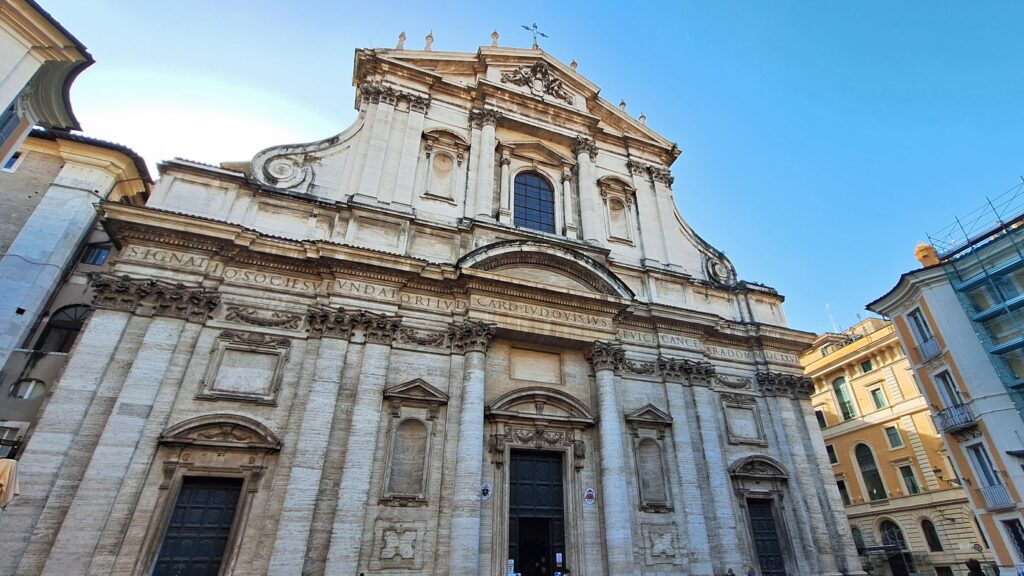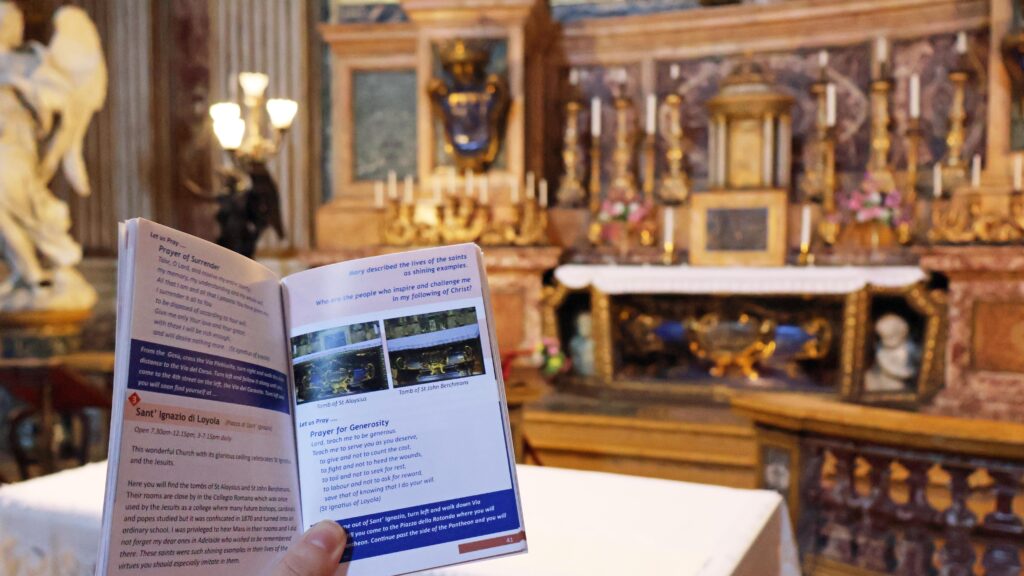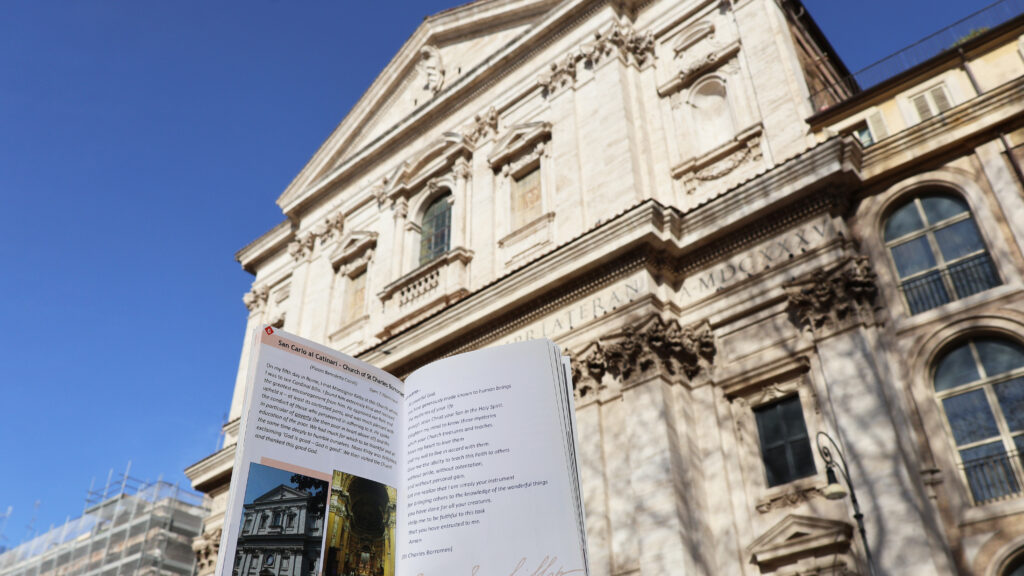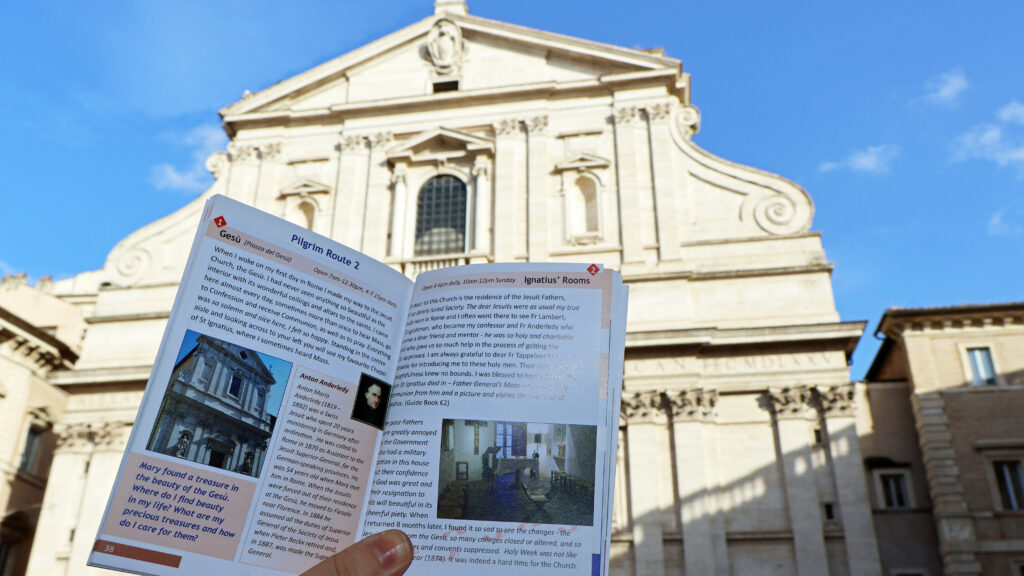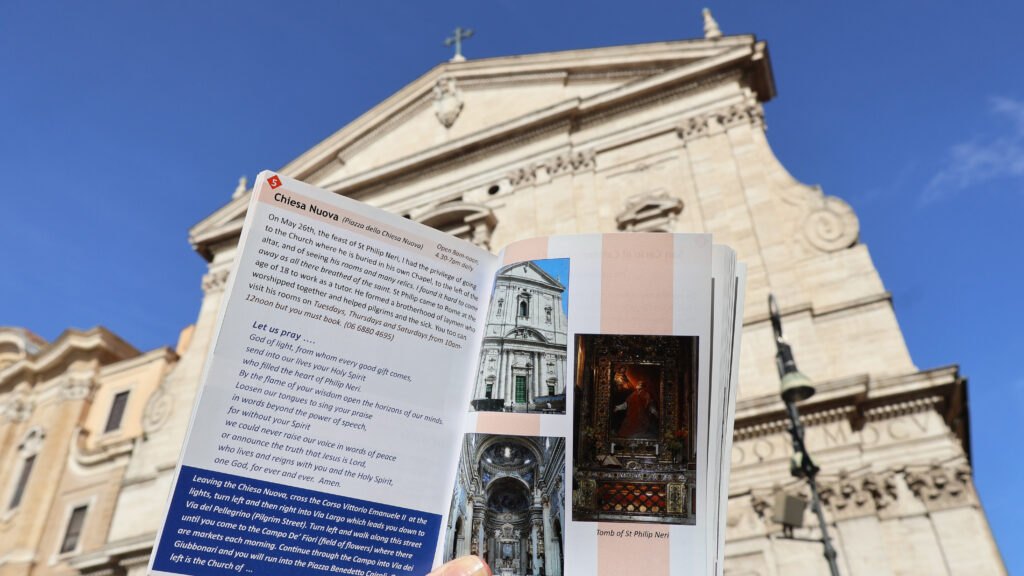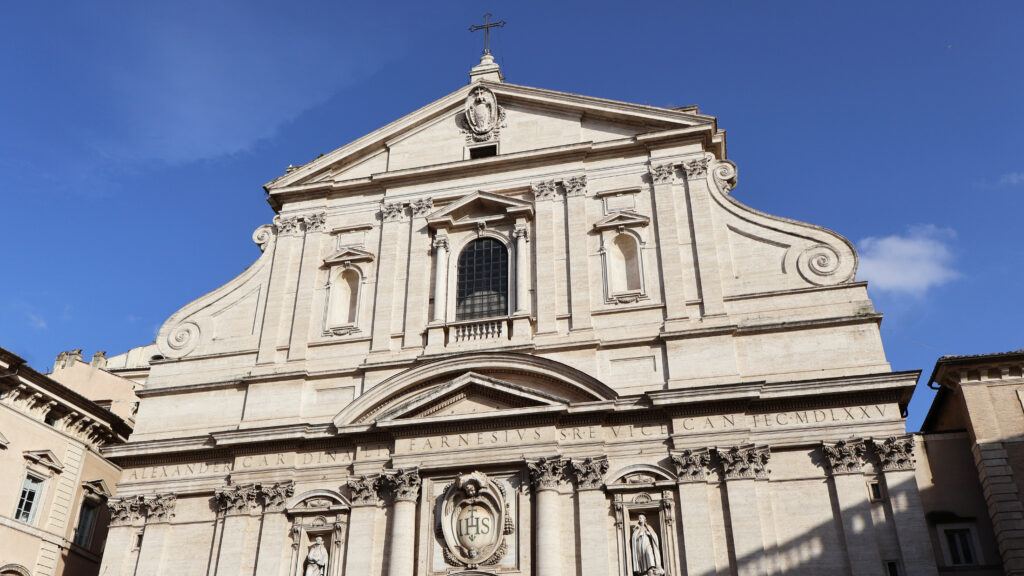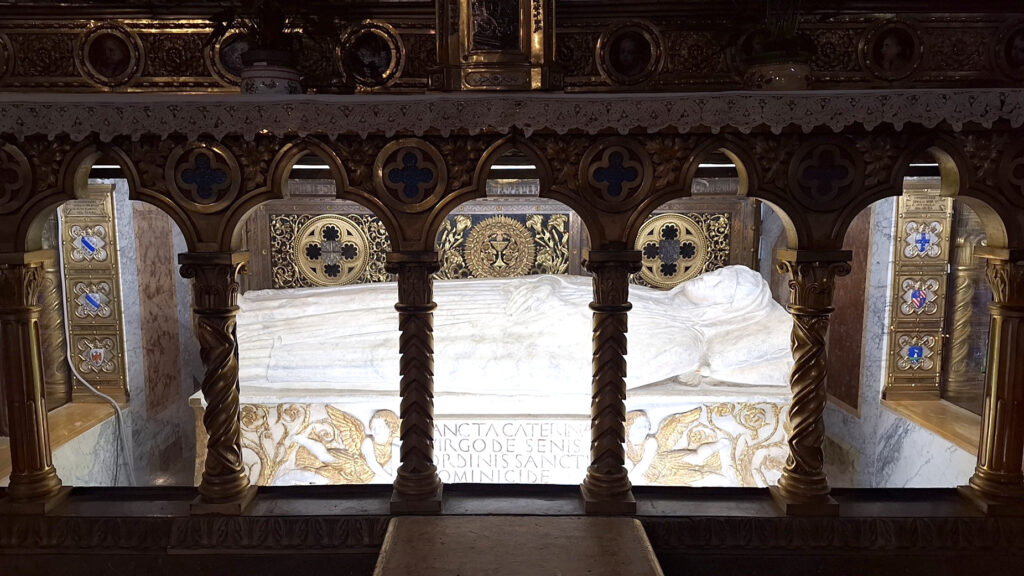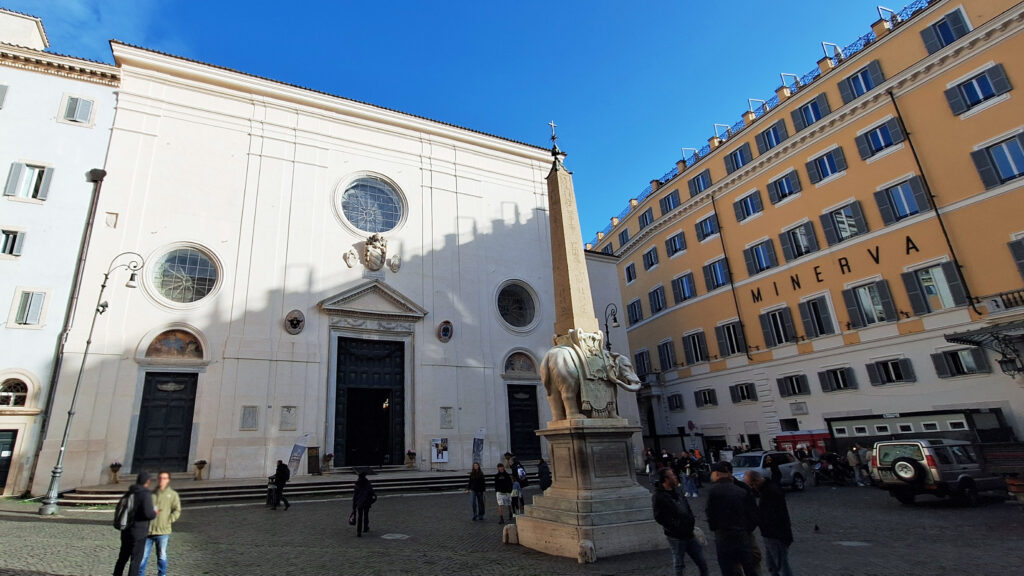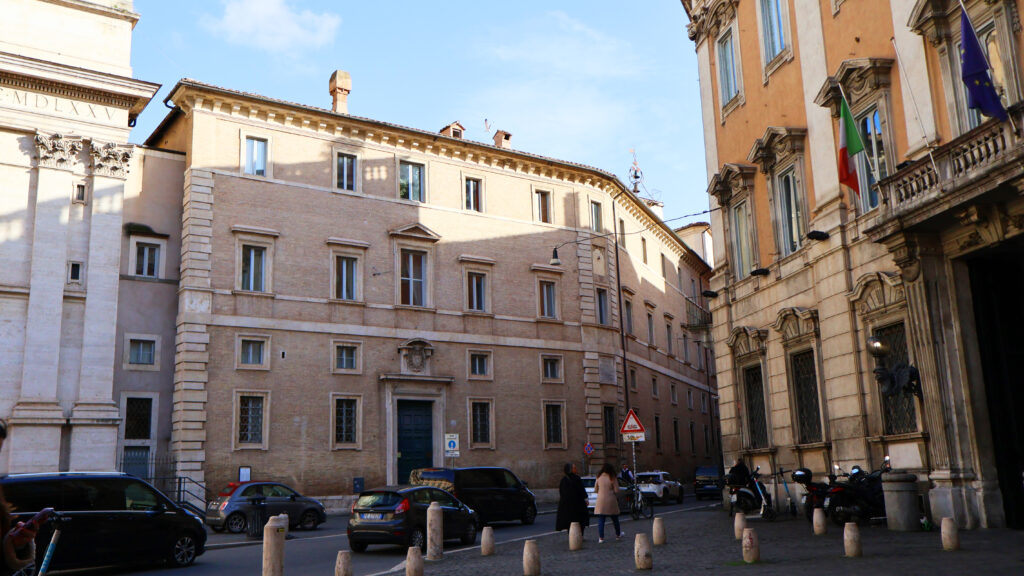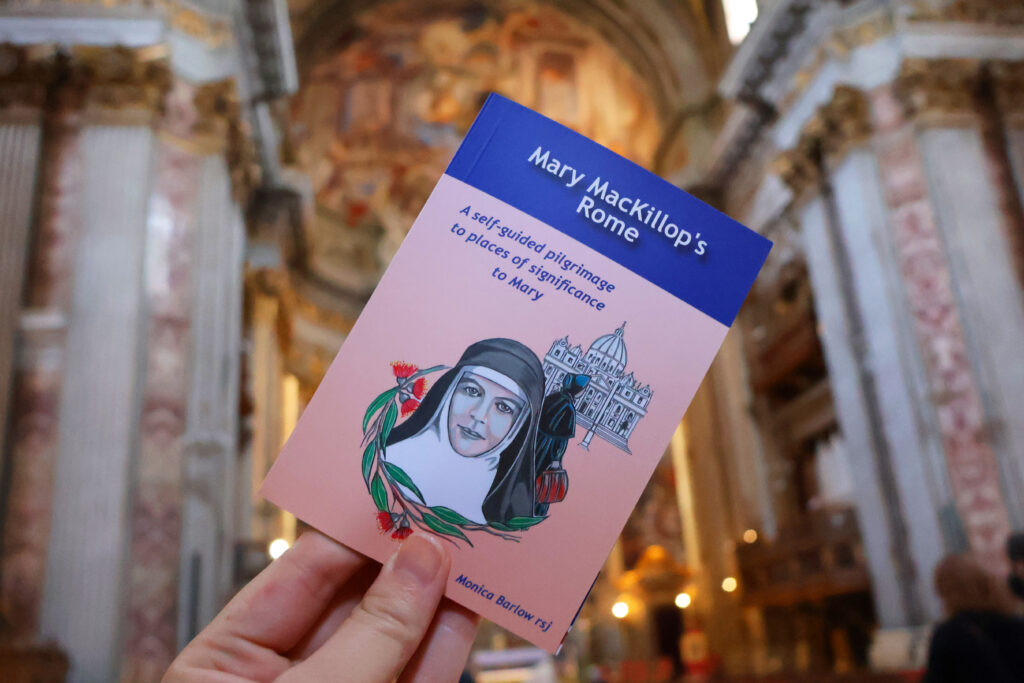
I am going to Rome… and I go full of hope.
Like Mary MacKillop, I went to Rome! In January this year, I had the wonderful opportunity to attend the Jubilee of the World of Communications in Rome. Although Mary and I went to Rome for different reasons and over 150 years apart, we both journeyed with the theme of hope in common, we have the same name, travelled by ourselves, and we both saw the Pope.
Mary was going to Rome with hope to seek approval for the Sisters’ Rule of Life and had the opportunity to meet with Pope Pius IX. I was going to Rome to attend a gathering for Young Catholic Communicators for the Jubilee Year, with the theme being Pilgrims of Hope and had the opportunity to see Pope Francis.
I thought while I was in Rome, I would try and complete a self-guided pilgrimage of some of the places Mary MacKillop visited. Using the Mary MacKillop’s Rome self-guided pilgrimage book, I embarked on Pilgrimage Route 2.
Beginning the day, I had planned to see as much of Rome as I could, and went to places and pilgrimage stops that were near one another. Travelling via the metro from Termini Station, I visited one of Rome’s tourist attractions, the Spanish Steps. Later, I saw in the pilgrimage book that Termini Station was where Mary had arrived in Rome on 11 May 1873.
After seeing the Spanish Steps, as well as the Trevi Fountain and the Church of Our Lady in Trivio, I began the pilgrimage at Sant’ Ignazio di Loyola (Church of St Ignatius of Loyola). The beautiful architecture and artworks were a feast for the eyes! I can see why many tourists come and visit this ‘Instagrammable’ church, especially for the amazing ceiling painting! The church also has the tombs of Jesuit saints, Aloysius and John Berchmans. Being in this church, I read Mary’s words on how “these saints were shining examples in their lives of the virtues.” Funny that now in our time, Mary is one of those saints we try to be like!
The next pilgrimage stop was San Carlo ai Catinari (Church of St Charles Borromeo). Unfortunately, I couldn’t go inside as the church was closed. However, I stood outside and took the time to read the pilgrimage book and learnt that this was the church where Mary met Monsignor Kirby and Cardinal Bilio. Mary found Cardinal Bilio (who had approved the Rule) “extremely kind and [she] received the greatest encouragement from him.”
I then went to Chiesa Nuova (Church of Saint Mary in the Little Valley) and again, I couldn’t go inside as the church was closed. I learnt fast that you need to make sure to check opening times of churches as some of them close in the middle of the day! Reading the pilgrimage book, I learnt that this church is where St Philip Neri is buried and that Mary had visited this church on St Philip’s feast day (26 May). She wrote after visiting, “I found it hard to come away as all there breathed of the saint.”
The next pilgrimage stop was the Gesù and the Ignatius’ Rooms (located next to each other), which unfortunately were closed. Upon reading the pilgrimage book, I learnt that Mary came to this Jesuit Church, the Gesù, on her first day in Rome and was in awe. She wrote, “I had never seen anything so beautiful as the interior with its wonderful ceilings and altars to the saints.” She also wrote that she went there almost every day, received the sacraments, spent time in prayer and “felt so happy” being there. The Ignatius’ Rooms is the residence of the Jesuits. Mary wrote that “the dear Jesuits were as usual my true friends here in Rome.”
I then embarked on the final stop of the pilgrimage, viewing the Pantheon on the way. I concluded the pilgrimage at Santa Maria sopra Minerva (Basilica of Saint Mary above Minerva) which holds the tomb of St Catherine of Siena. Like Mary, St Catherine was a prolific letter writer and is a great model of women in the Church. This was where I spent the most time in prayer, praying for my personal intentions.
It’s remarkable to think how Mary, an ordinary Australian woman, went to Rome by herself with no technology! It shows how Mary’s hope, perseverance and faith can transform one ordinary person to someone extraordinary.
Mary Baynie
Communications Officer, Congregational Administration Services
